Home>Storage Ideas>Kitchen Storage>How I Choose Kitchen Fixtures With The Perfect Patina
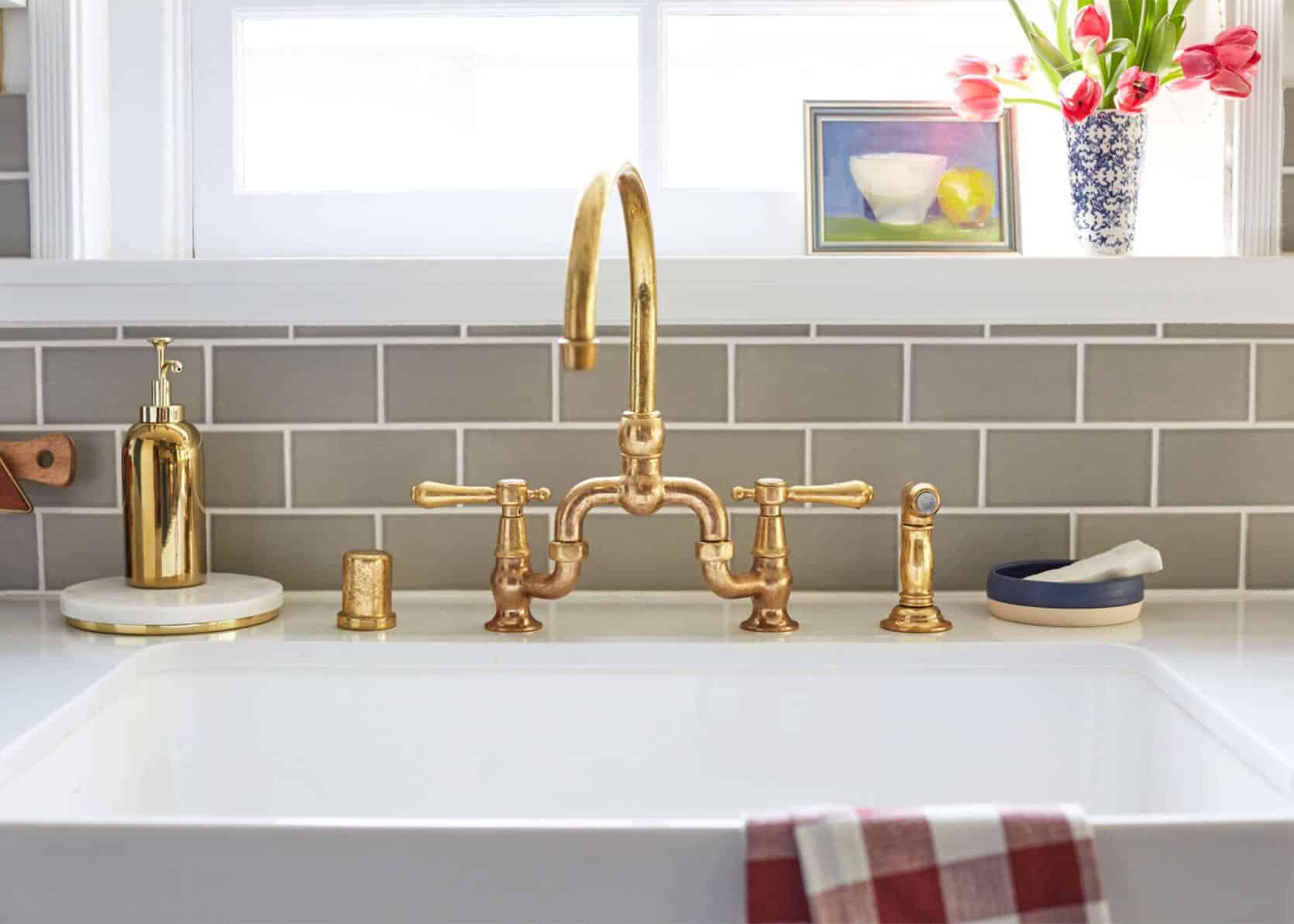

Kitchen Storage
How I Choose Kitchen Fixtures With The Perfect Patina
Modified: December 7, 2023
Find the perfect patina for your kitchen fixtures with our expert tips and explore creative kitchen storage ideas to keep your space organized.
(Many of the links in this article redirect to a specific reviewed product. Your purchase of these products through affiliate links helps to generate commission for Storables.com, at no extra cost. Learn more)
Introduction
Welcome to the world of kitchen storage ideas! Whether you’re a master chef or an amateur cook, having an organized and efficient kitchen is essential. One key aspect of a well-organized kitchen is the selection of the right kitchen fixtures, including cabinets, shelves, and drawers. But have you ever thought about the importance of finding kitchen fixtures with the perfect patina?
In this article, we will delve into the world of patina, exploring what it is and why it matters when it comes to choosing kitchen fixtures. We will discuss various types of patina and offer some valuable tips for selecting fixtures that not only provide practical storage solutions but also enhance the overall aesthetic of your kitchen.
So, let’s roll up our sleeves and embark on a journey to discover the beauty of kitchen fixtures with the perfect patina!
Key Takeaways:
- Embrace the beauty of patina in your kitchen fixtures to add depth, character, and authenticity to your space, creating a warm and inviting environment that reflects your personal style.
- Select kitchen fixtures with the perfect patina by considering style, material, longevity, and customization options, ensuring a well-organized, aesthetically pleasing kitchen that inspires culinary creativity.
Factors to Consider when Choosing Kitchen Fixtures
When it comes to selecting the right kitchen fixtures, there are several factors to consider. Here are some key points to keep in mind:
- Functionality: The primary purpose of kitchen fixtures is to provide storage and organization. Therefore, it is important to choose fixtures that are functional and cater to your specific needs. Consider the size and dimensions of your kitchen, the items you need to store, and how frequently you access them. This will help you determine the type and quantity of fixtures required.
- Style and Aesthetics: The kitchen is often considered the heart of the home, and its design should reflect your personal style. When selecting fixtures, consider the overall theme or design concept of your kitchen. Do you prefer a modern, minimalist look, or do you lean towards a more rustic or traditional style? Look for fixtures that complement the existing décor and contribute to the overall ambiance of the space.
- Quality and Durability: Kitchen fixtures should be built to last. Look for high-quality materials that are resistant to wear and tear, such as solid wood or stainless steel. Ensure that the fixtures are well-constructed and come with robust hardware, such as sturdy hinges and drawer slides. Investing in durable fixtures will save you time and money in the long run.
- Accessibility: Easy access to your kitchen items is essential for a smooth and efficient cooking experience. Consider fixtures with adjustable shelves and drawers that can accommodate items of different sizes. Opt for pull-out shelves or lazy susans for corner cabinets, allowing you to access every inch of storage space. Accessibility is particularly important if you have mobility restrictions or would like to create a kitchen that is user-friendly for all family members.
- Integration with Existing Layout: Take into account the layout and configuration of your kitchen when choosing fixtures. The fixtures should seamlessly integrate with the existing layout, ensuring a convenient flow of movement and efficient use of space. Consider factors such as the placement of appliances, the location of plumbing and electrical connections, and the availability of natural light.
By considering these factors, you can make informed decisions when choosing kitchen fixtures that align with your functionality needs, aesthetic preferences, and overall kitchen design. Now, let’s dive deeper into the concept of patina and its significance in kitchen fixtures.
Understanding Patina
Before we delve into the world of kitchen fixtures with the perfect patina, let’s first understand what patina actually is. Patina refers to the natural or artificial aging process that occurs on the surface of objects over time. It is a combination of wear, oxidation, and exposure to elements such as air, water, and sunlight.
When it comes to kitchen fixtures, patina adds a unique charm and character. It gives them a weathered, lived-in look, reminiscent of vintage or antique pieces. Patina can range from soft and subtle to bold and dramatic, depending on the materials and finishes used.
But why is patina so desirable? Well, it adds depth and richness to a space, creating a sense of history and authenticity. It also brings warmth and texture, making the fixtures visually appealing and interesting. Moreover, patina can help disguise minor scratches, dents, or imperfections that may naturally occur over time.
Now that we have a basic understanding of patina, let’s explore the different types of patina commonly found in kitchen fixtures.
Types of Patina for Kitchen Fixtures
There are various types of patina that can be found in kitchen fixtures, each offering a unique aesthetic appeal. Here are some common types of patina:
- Rustic Patina: Rustic patina is characterized by a worn, weathered look that exudes a sense of charm and history. It often features uneven textures, distressed finishes, and natural imperfections. Rustic patina is perfect for creating a cozy and inviting atmosphere in the kitchen, particularly in farmhouse or country-themed spaces.
- Aged Patina: Aged patina emulates the look of vintage or antique fixtures. It showcases a combination of faded colors, worn edges, and intricate detailing that adds a touch of elegance and sophistication. Aged patina is ideal for kitchens with a traditional or classic design, as it brings a sense of timeless beauty to the space.
- Industrial Patina: Industrial patina is characterized by a raw and edgy aesthetic, inspired by the utilitarian look of industrial spaces. It often features materials such as reclaimed wood, exposed metal, and distressed finishes. Industrial patina can add a modern and urban touch to the kitchen, creating a trendy and contemporary atmosphere.
- Artistic Patina: Artistic patina is a more creative and expressive form of patina, often achieved through artistic techniques such as hand-painting, staining, or glazing. It allows for customizations and personalizations, giving you the freedom to incorporate unique patterns, colors, or designs into your kitchen fixtures. Artistic patina adds a touch of individuality and personality to the space.
- Natural Patina: Natural patina refers to the organic aging process that occurs over time on natural materials such as wood or metal. It is a result of exposure to elements and can create a beautifully authentic and timeless look. Natural patina adds a sense of warmth and character to the kitchen, allowing the fixtures to blend seamlessly with the surrounding environment.
These are just a few examples of the many types of patina that can be found in kitchen fixtures. When selecting fixtures, consider the overall style and theme of your kitchen, as well as the desired ambiance you wish to create. The right patina can elevate the look and feel of your kitchen, adding a touch of depth and character.
Now that you have a better understanding of the different types of patina, let’s move on to the next step – choosing kitchen fixtures with the perfect patina.
When choosing kitchen fixtures with the perfect patina, consider the overall style of your kitchen and the level of maintenance you’re willing to commit to. Look for fixtures made from materials like brass or copper that develop a beautiful patina over time.
Choosing Kitchen Fixtures with the Perfect Patina
When it comes to selecting kitchen fixtures with the perfect patina, there are a few important factors to consider. Here are some tips to help you make the right choice:
- Match the Style: Consider the overall style and theme of your kitchen. Whether you prefer a rustic farmhouse look, a sleek modern design, or a vintage-inspired vibe, choose fixtures with a patina that complements and enhances that style. For example, opt for a rustic patina for a farmhouse kitchen or an aged patina for a traditional or vintage-inspired space.
- Consider the Material: Different materials react differently to patina. For example, metals like copper, brass, or bronze develop a natural patina over time, while wood can be stained or distressed to achieve the desired effect. Consider the material and its natural aging process to ensure that the patina will develop and evolve gracefully over time.
- Think about Longevity: Consider the long-term durability and maintenance of the chosen patina. Some patinas may require regular upkeep, such as polishing or resealing, to maintain their appearance. Evaluate the level of maintenance you are willing to commit to and choose a patina that aligns with your preferences.
- Test Samples: If possible, obtain samples or swatches of the desired patina to see how it looks in your kitchen space. Lighting conditions and surrounding colors can greatly affect the appearance of patina. By testing samples, you can ensure that the chosen patina complements the aesthetics of your kitchen.
- Customize if Needed: If you have a specific vision for your kitchen fixtures but can’t find the perfect patina, consider customization options. Many manufacturers or artisans offer custom finishes or patinas to match your unique style and preferences. This way, you can achieve a one-of-a-kind look for your kitchen fixtures.
Remember, the perfect patina is subjective and depends on your personal tastes and the overall design of your kitchen. It is important to take your time, do your research, and select fixtures that not only provide practical storage solutions but also enhance the ambiance and aesthetics of your kitchen.
Now that you’ve chosen kitchen fixtures with the perfect patina, let’s discuss how to maintain and care for them to ensure their longevity and continued beauty.
Read more: How To Choose The Perfect Home Decor Accents
Maintenance and Care for Kitchen Fixtures with Patina
Once you’ve chosen kitchen fixtures with the perfect patina, it’s important to properly maintain and care for them to ensure their longevity and continued beauty. Here are some tips to help you keep your fixtures in top condition:
- Regular Cleaning: Regularly clean your kitchen fixtures to remove dirt, grime, and any food residue that may accumulate over time. Use a soft cloth or sponge and a mild cleaning solution to gently wipe down the surfaces. Avoid abrasive cleaners or harsh chemicals that could damage the patina.
- Gentle Handling: Handle your fixtures with care to prevent scratches or dents. Avoid using sharp or abrasive utensils directly on the surfaces. Use protective mats or coasters under hot pans, pots, or dishes to prevent heat damage. Be mindful of any decorative details or fragile areas that may require extra caution when cleaning or using the fixtures.
- Avoid Excessive Moisture: Excessive moisture can damage the patina or the underlying material of the fixtures. Wipe up any spills or water droplets immediately to prevent water stains or warping. Avoid prolonged exposure to steam or humidity, especially near sinks or dishwashers. Install proper ventilation in your kitchen to minimize moisture accumulation.
- Periodic Maintenance: Depending on the type of patina and the materials used, periodic maintenance may be required. This can include polishing, resealing, or applying protective coatings to maintain the patina’s appearance. Follow the manufacturer’s recommendations or consult with a professional to determine the appropriate maintenance routine for your specific fixtures.
- Monitor for Wear: Keep an eye out for any signs of wear or damage to your fixtures. Over time, the patina may naturally evolve and change, which can add to its charm. However, if you notice any significant deterioration or discoloration, address the issue promptly to prevent further damage. Consult with a professional if necessary to restore or repair the fixtures.
By following these maintenance and care guidelines, you can ensure that your kitchen fixtures with patina remain in excellent condition for years to come. Remember to consult the manufacturer’s instructions or seek professional advice if you have specific concerns or questions about maintaining your particular fixtures.
Now that you have a comprehensive understanding of how to choose, care for, and maintain kitchen fixtures with the perfect patina, you can confidently embark on creating your dream kitchen. Enjoy the beauty, functionality, and character that these fixtures bring to your culinary haven!
Conclusion
Congratulations! You have now unlocked the secrets of choosing kitchen fixtures with the perfect patina. By considering factors such as functionality, style, material, and accessibility, you can find fixtures that not only provide practical storage solutions but also enhance the overall aesthetic of your kitchen.
Understanding the different types of patina, including rustic, aged, industrial, artistic, and natural, empowers you to select a patina that aligns with your personal style and the design concept of your kitchen. The chosen patina will add depth, character, and a touch of authenticity to your space, creating a warm and inviting environment.
Remember to take into account factors like longevity, samples testing, and customization options when choosing and finalizing the patina for your kitchen fixtures. This ensures that you achieve the desired look and feel that perfectly suits your preferences.
Once you have installed your kitchen fixtures with the perfect patina, it’s vital to maintain and care for them properly. Regular cleaning, gentle handling, and avoiding excessive moisture will help preserve the beauty and integrity of the patina. Periodic maintenance and monitoring for wear are equally important to address any issues promptly and prevent further damage.
With your kitchen fixtures in top condition, you can now enjoy a well-organized and aesthetically pleasing kitchen that inspires your culinary creativity and brings joy to your daily cooking experiences.
So, go ahead and embrace the beauty of patina in your kitchen. Let it tell a story, reflect your personal style, and create a space that is truly unique. From rustic farmhouse vibes to elegant vintage nostalgia or sleek industrial chic, the possibilities are endless.
Thank you for joining us on this journey of kitchen storage ideas and the importance of choosing kitchen fixtures with the perfect patina. May your culinary adventures be enhanced by the beauty and functionality of your carefully selected fixtures!
Frequently Asked Questions about How I Choose Kitchen Fixtures With The Perfect Patina
Was this page helpful?
At Storables.com, we guarantee accurate and reliable information. Our content, validated by Expert Board Contributors, is crafted following stringent Editorial Policies. We're committed to providing you with well-researched, expert-backed insights for all your informational needs.
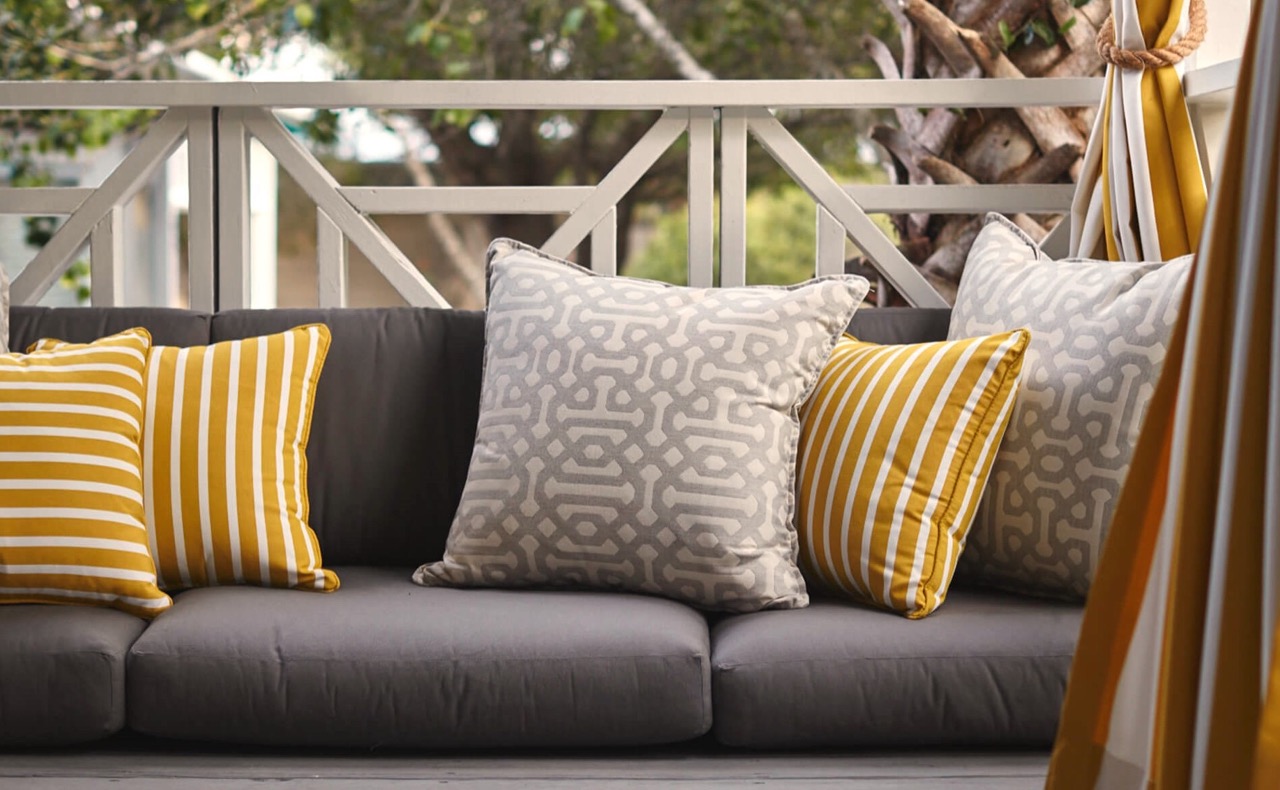
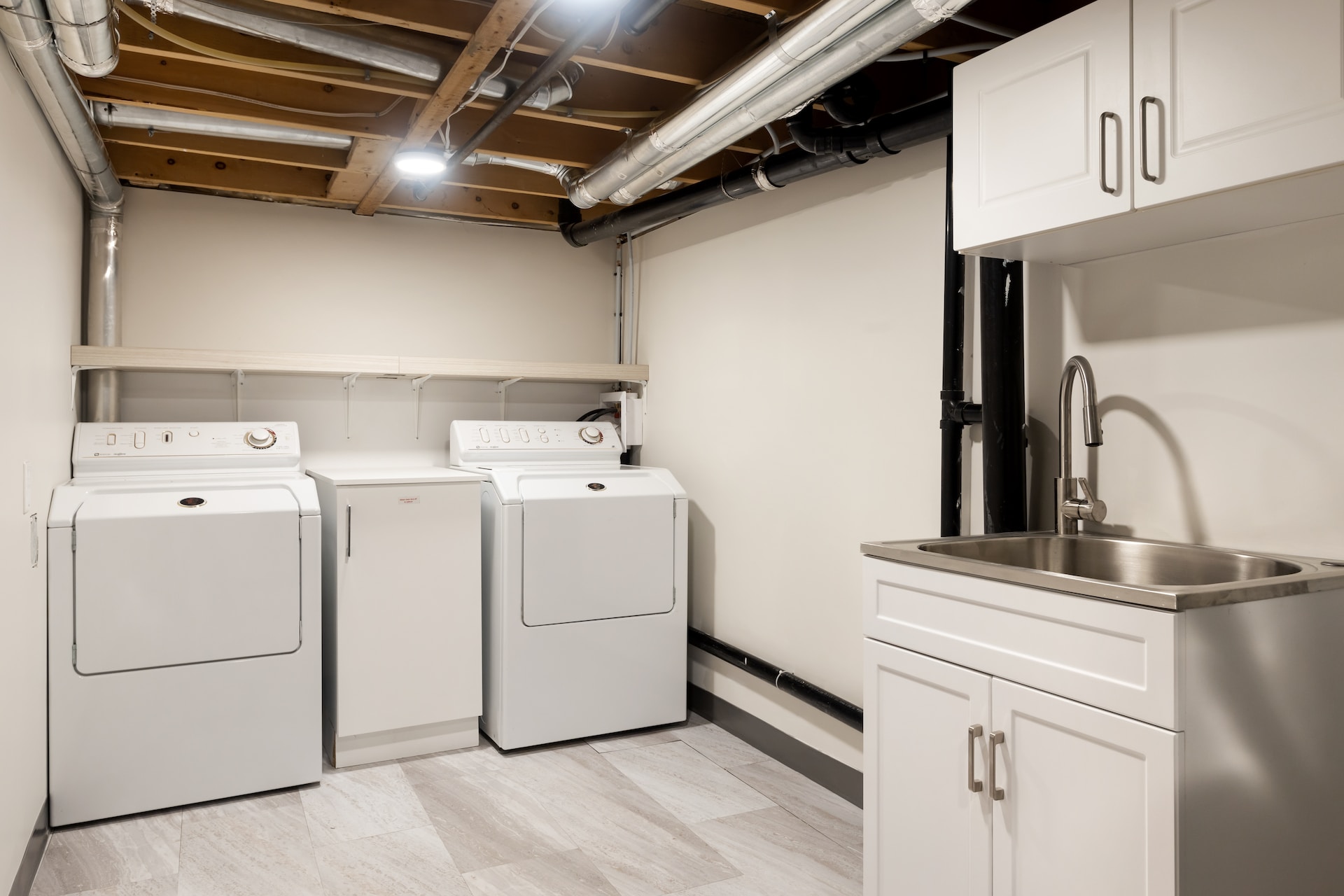

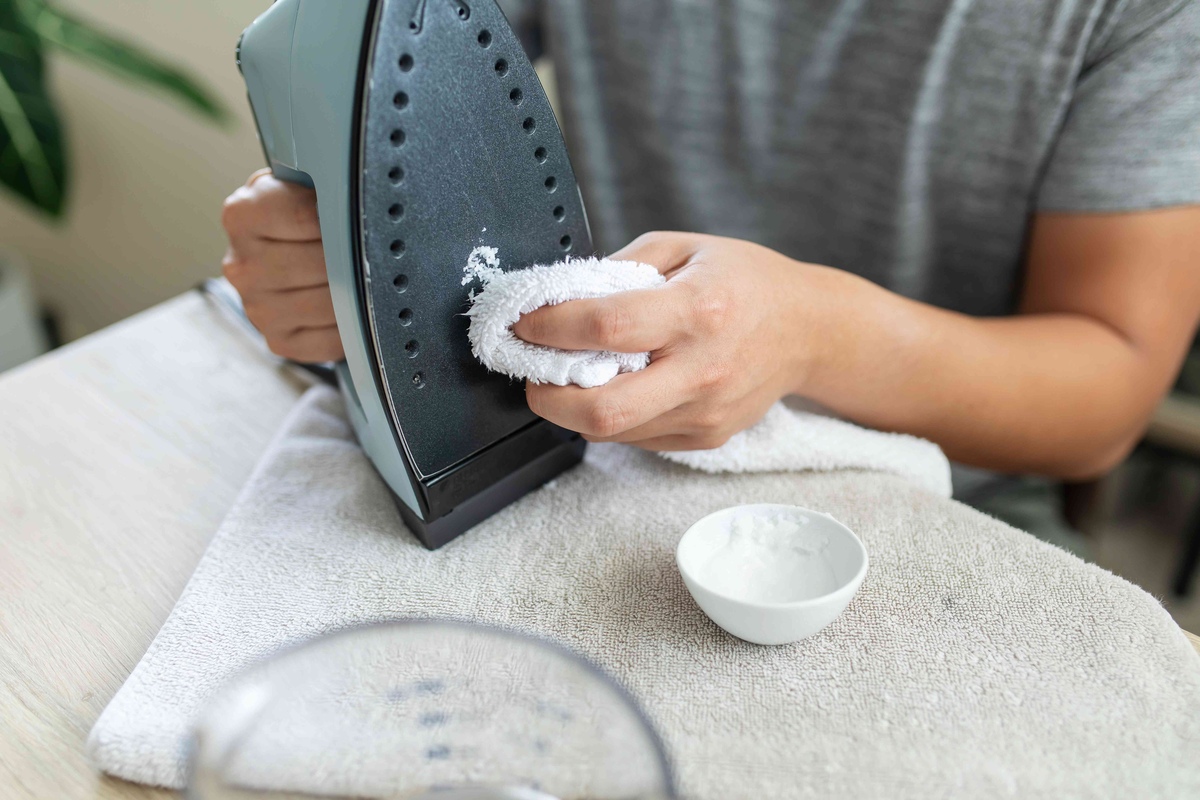
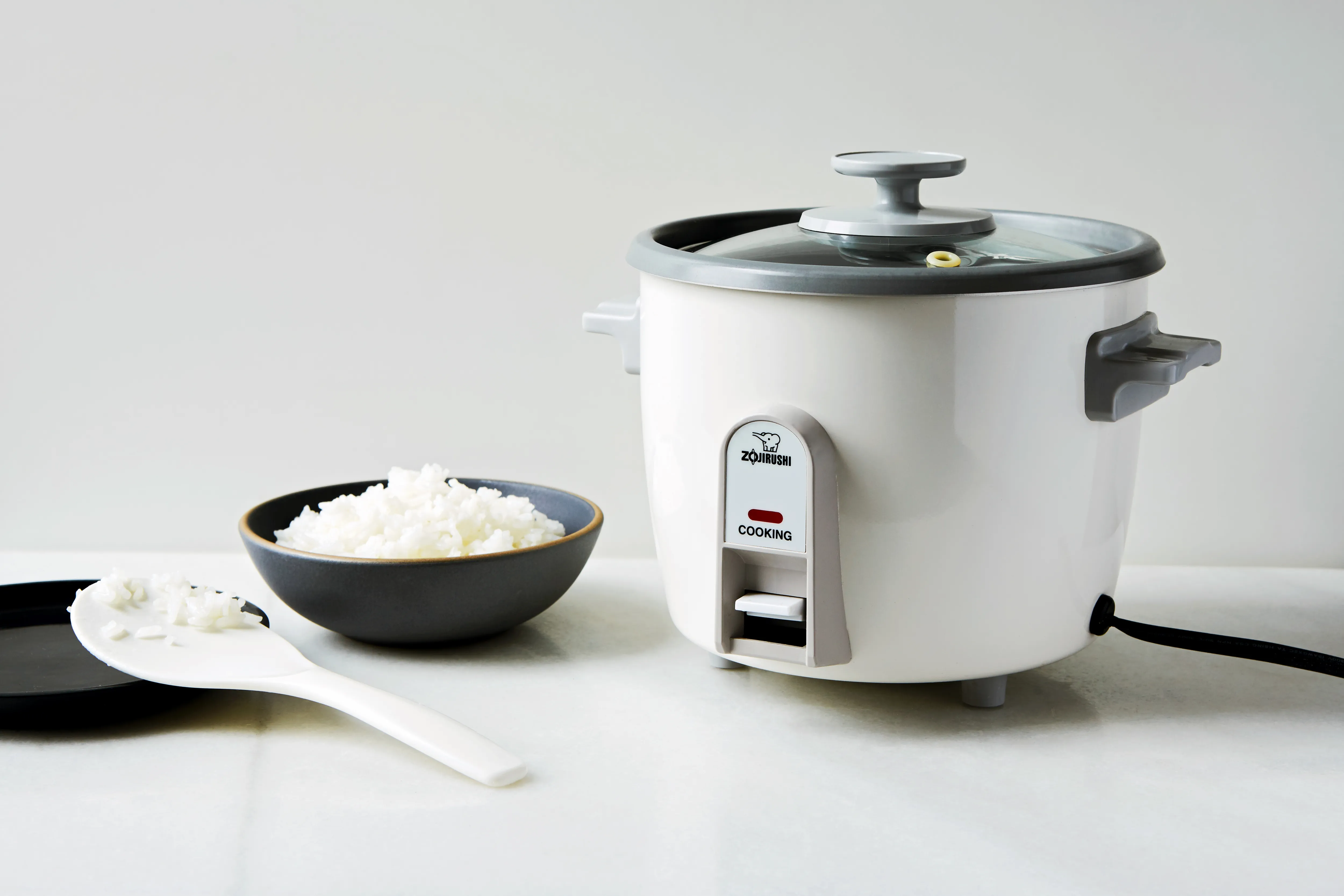
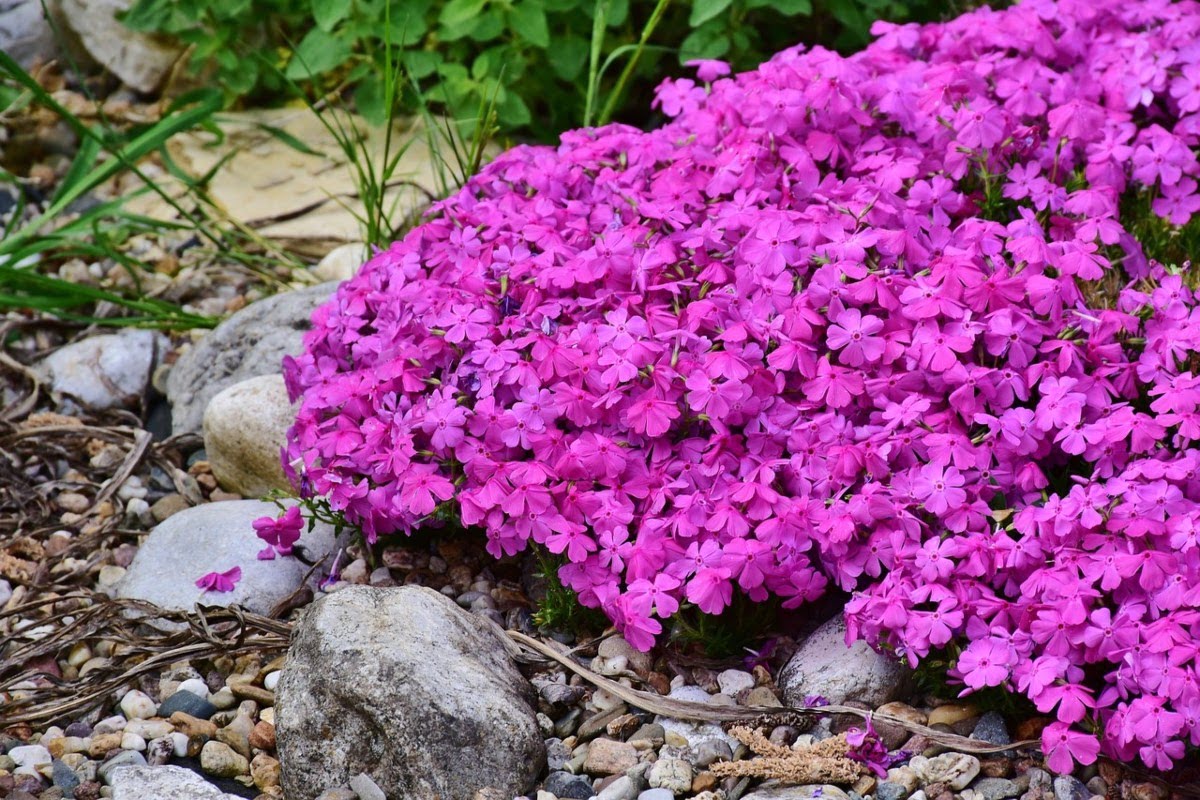
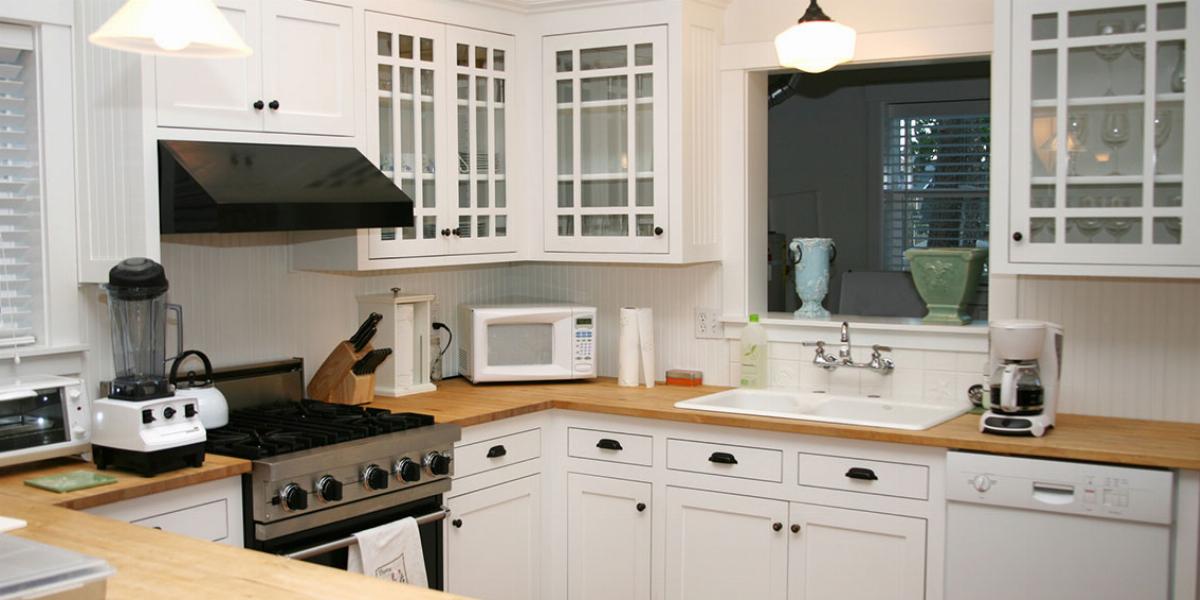
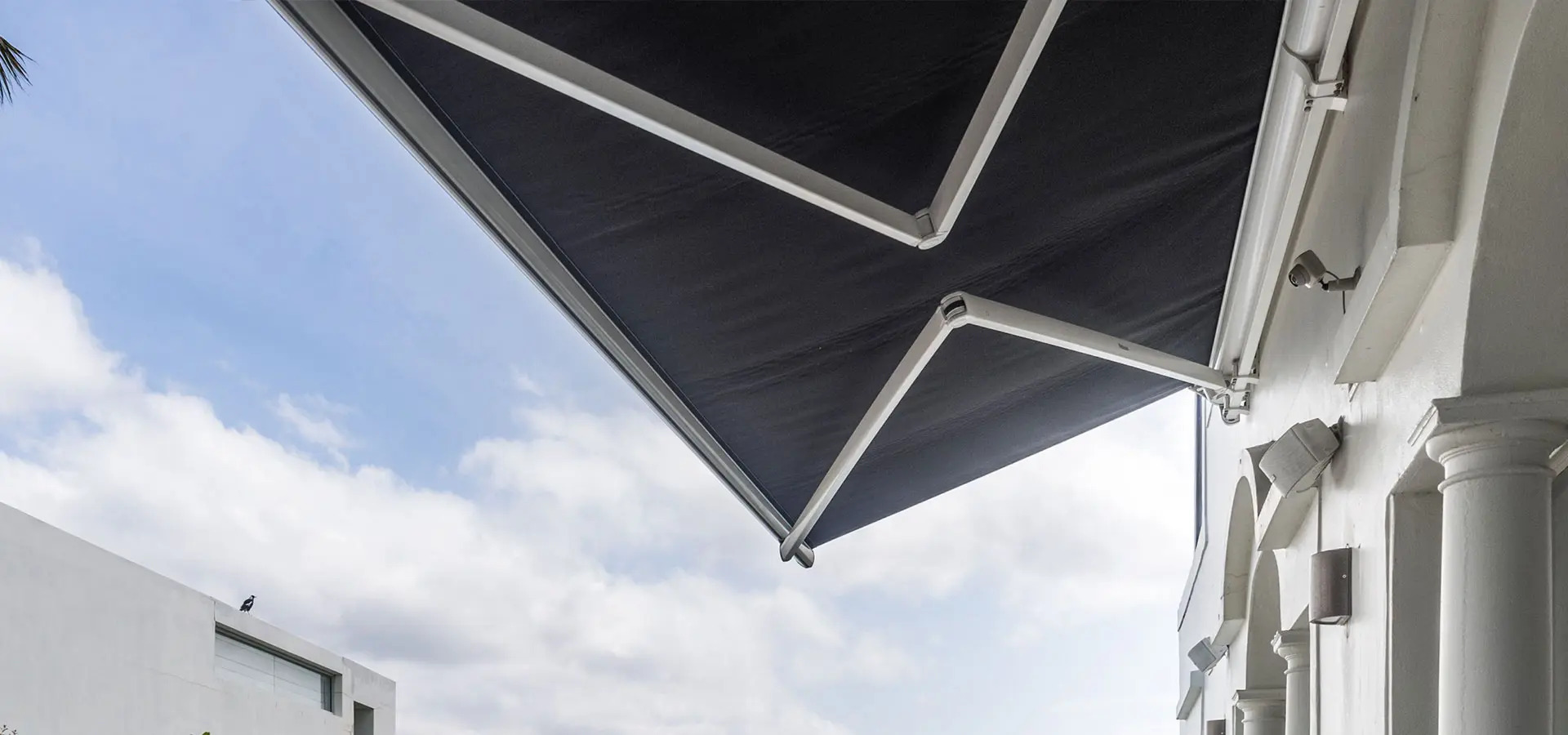
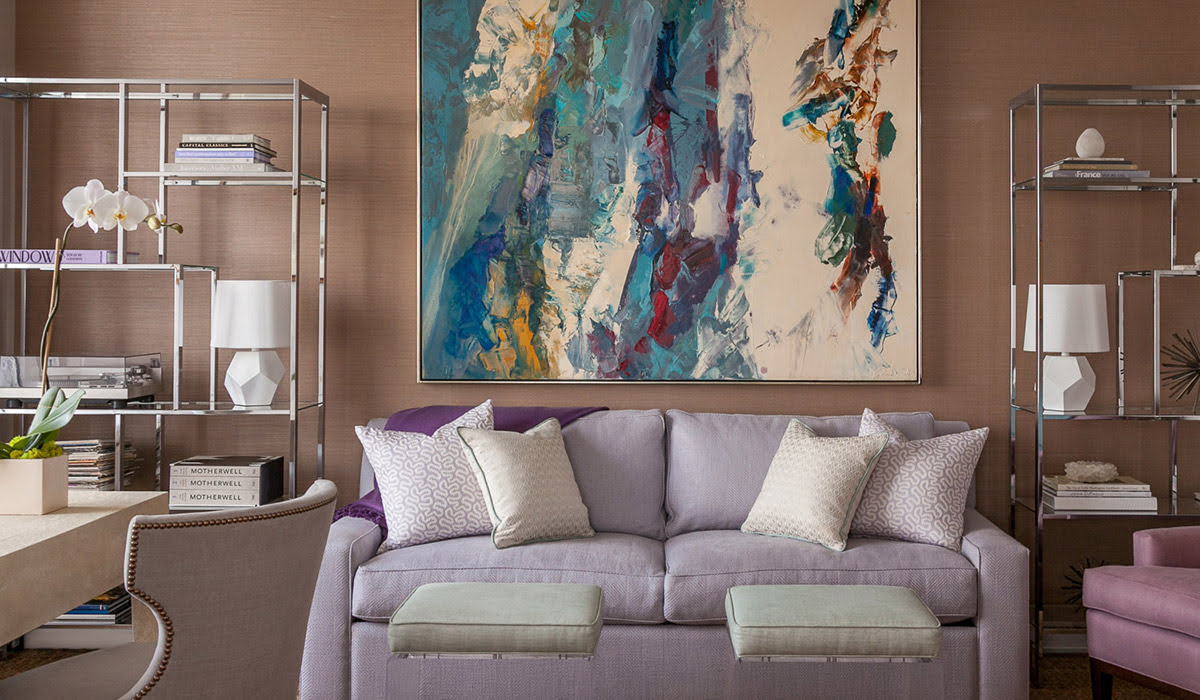
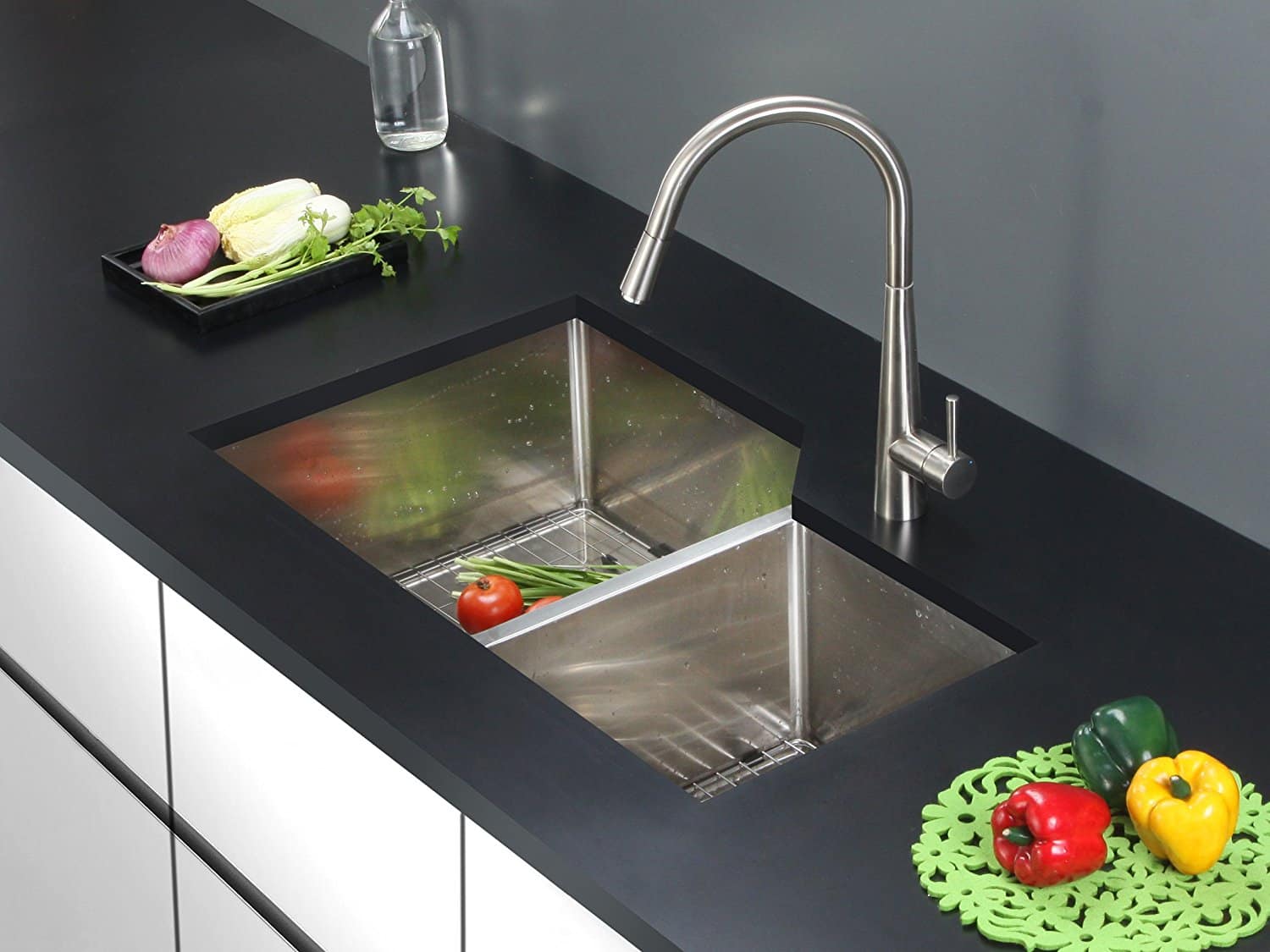
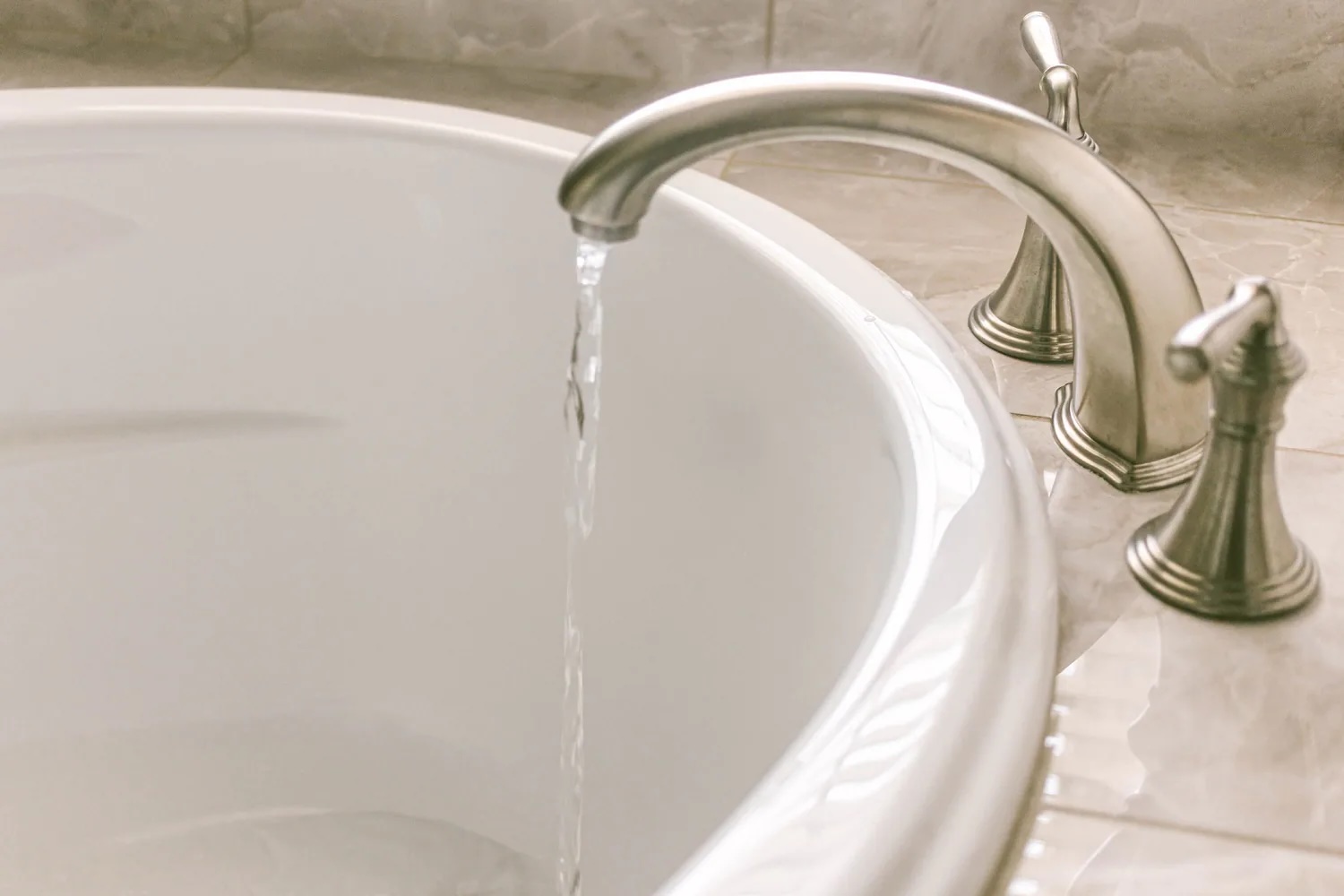
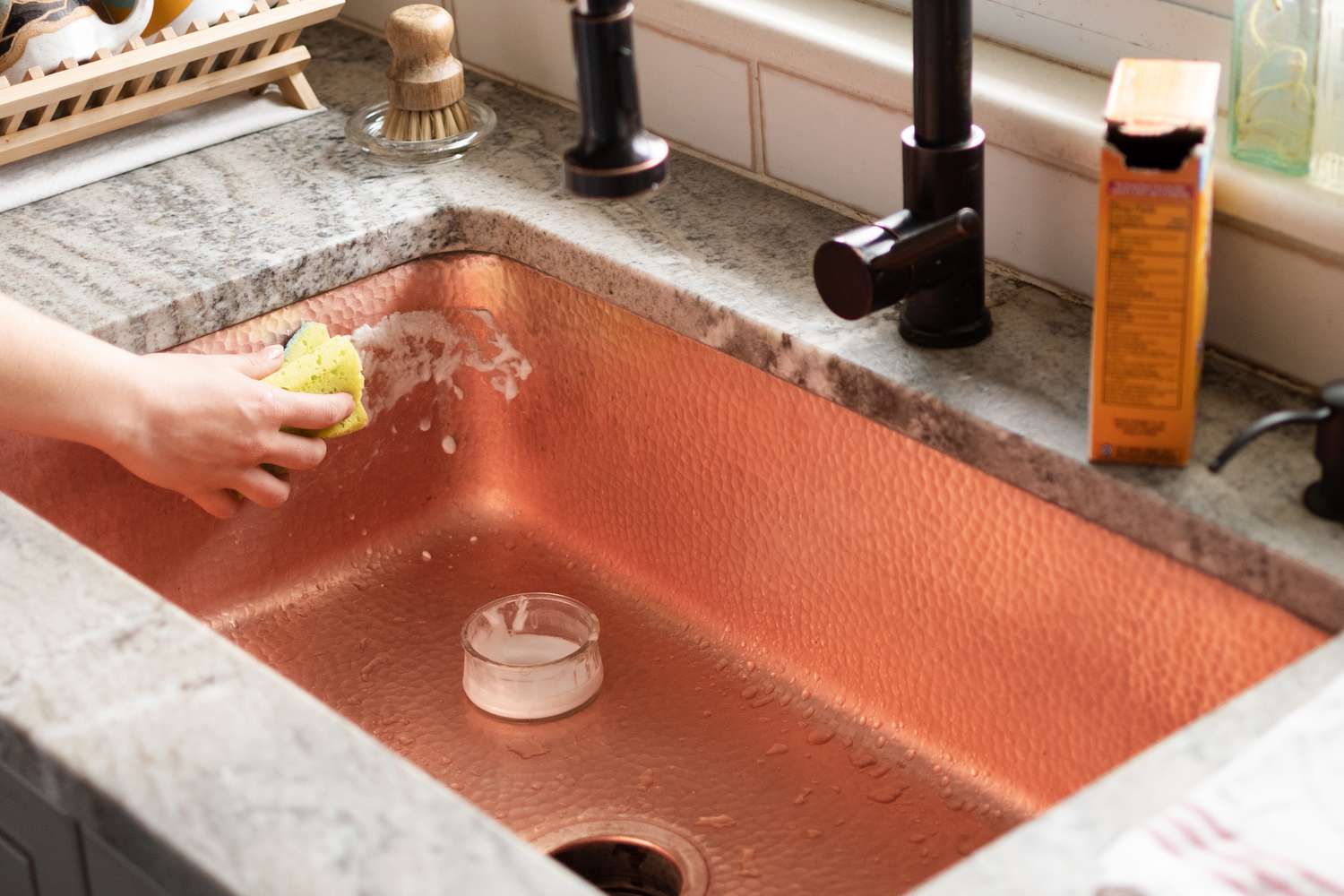
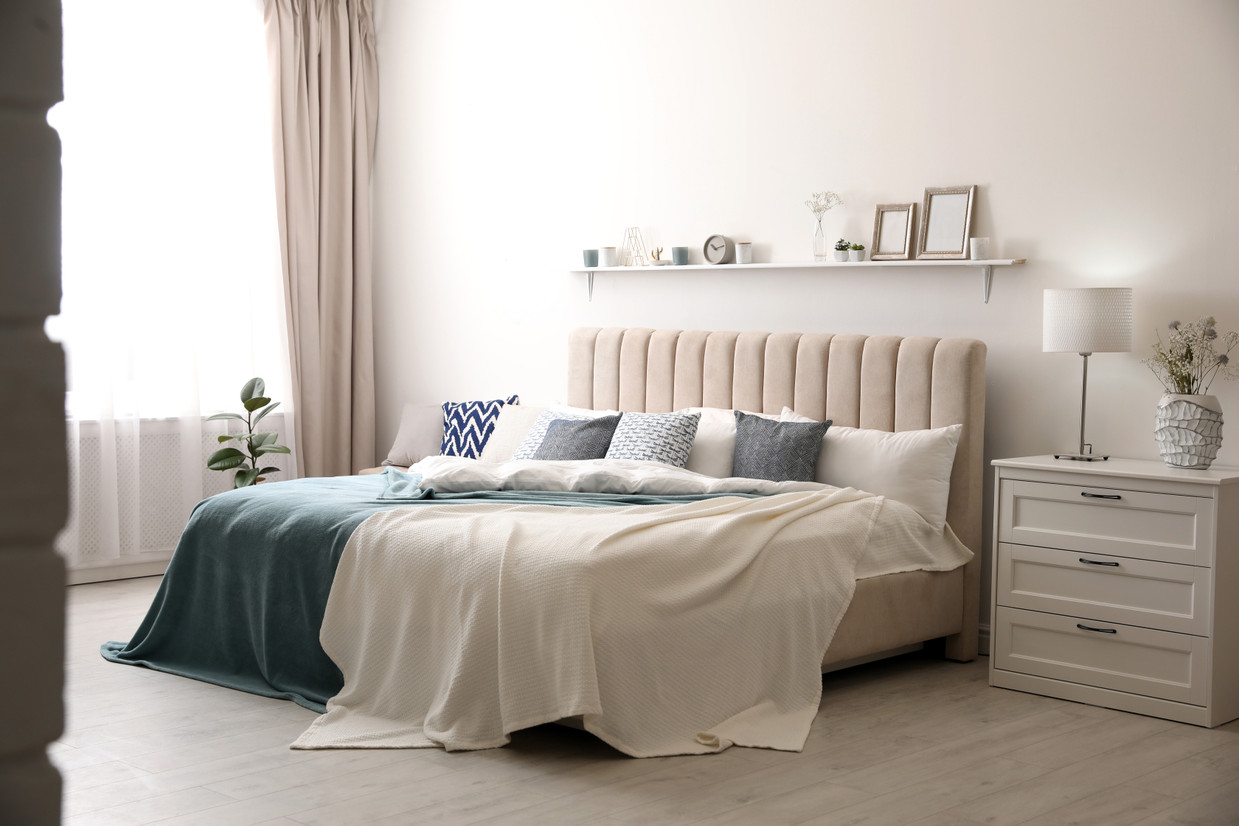
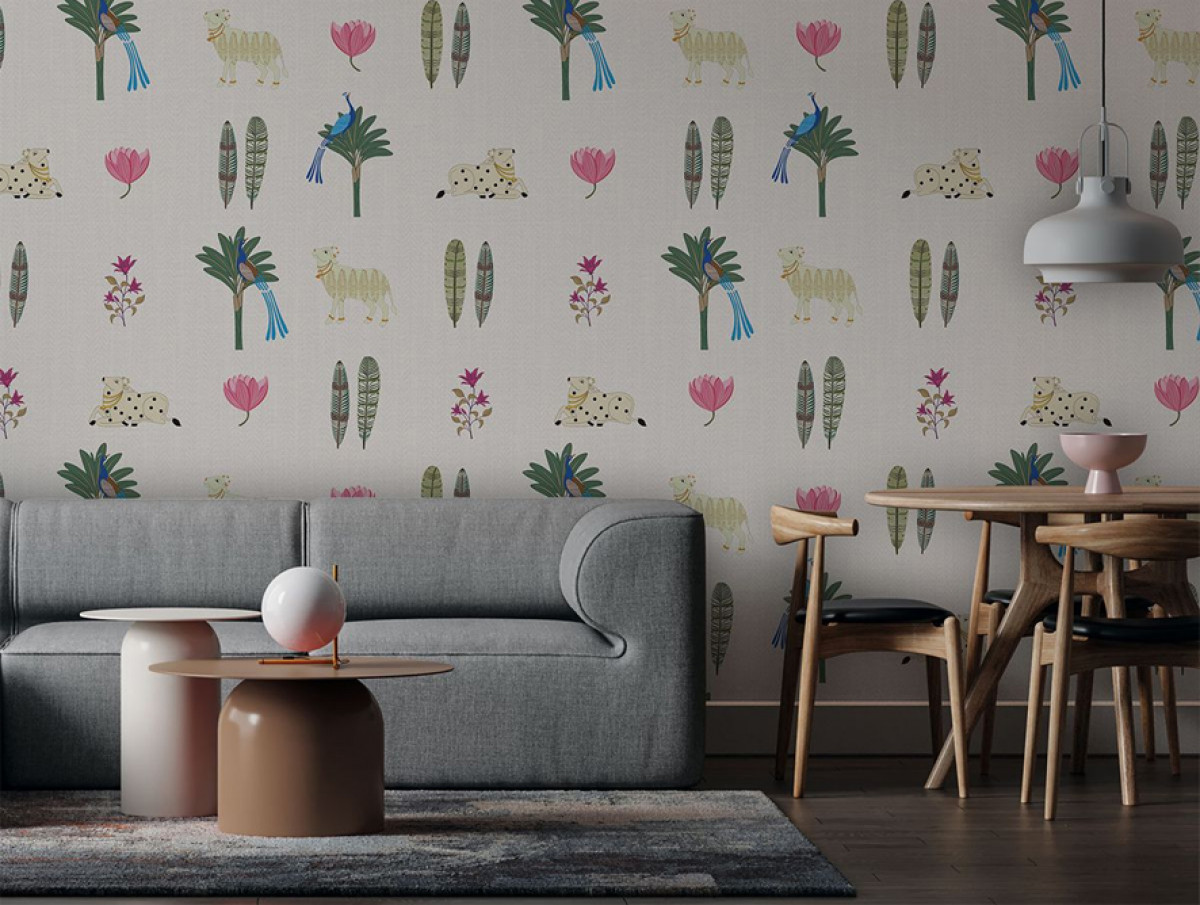

0 thoughts on “How I Choose Kitchen Fixtures With The Perfect Patina”